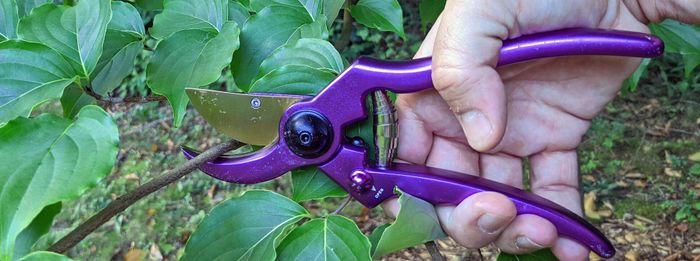How to Prune Arborvitae, Junipers, and False Cypress
Here’s how to keep these unforgiving trees and shrubs in check
Conifers with fanlike needles include arborvitae, junipers, and chamaecyparis. These are found in the cypress family (Cupressus spp. and cvs.), Learn how to prune these conifers in this video with Bert Cregg, an associate professor in the horticulture and forestry departments at Michigan State University.
When to prune arborvitae, junipers, and chamaecyparis
The best time to prune these species is just before a flush of new growth in late spring or early summer.
How to prune plants in the cypress family
Unlike some conifers, these evergreen trees will not form new buds on old wood. So if you cut back to the brown, aged stems, the tree won’t grow back. This can make trees in the cypress family somewhat tricky to work with.
The best course of action is to do very light directional pruning to help shape the plant. By making some discerning cuts, you can clean out crowded areas and give breathing room to the plants surrounding the tree.
Heading back pruning
Heading back pruning is the process of cutting a branch’s “head,” or terminal growth, back to a bud, a stub, or a smaller branch. These cuts enhance the tree’s shape and often produce new growth below the cut. Look for places where branches are forking together, and cut branches just above the branch union to ensure less competition. New growth should sprout below the cut, helping to fill in the area.
Pruning back dead wood
You should also prune back any dead wood. Follow dead branches back to their origination point, then cut and remove them.
More on pruning arborvitae






Comments
Log in or create an account to post a comment.
Sign up Log in